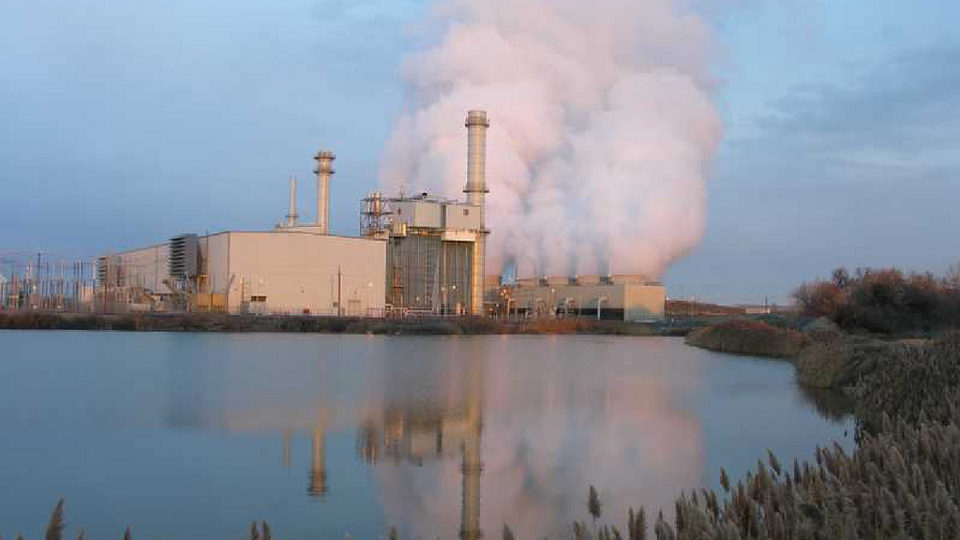The extensive shutdowns associated with the COVID-19 pandemic resulted in reduced activity across many sectors of the global economy. As a result, global pollution and greenhouse gas emissions also saw lower levels. As the COVID crisis lessens, an economic recovery is growing and as that occurs, emissions are on the rise.
The International Energy Agency forecasts that energy-related carbon dioxide emissions are projected to increase by 1.5 billion tons this year, the second-largest increase in history.
The emissions increase in 2021 is expected to be nearly 5%, reversing most of last year’s emissions decline caused by the pandemic. This would be the largest annual rise since the 2010 recovery from the global financial crisis. In many places across the globe, people are making up for lost time and doing more of all the things that cause carbon emissions.
A key driver of the emissions increase is a rise in coal use. The forecast is that coal-burning in 2021 would come close to the all-time peak of 2014. Both natural gas and oil use are also expected to increase this year. These increases are in spite of a predicted 17% increase in electricity generation from wind power and an 18% increase in solar-power generation.
Atmospheric concentrations of CO2 are now at 417 parts per million and have increased by 3 PPM in the past year. If human CO2 emissions are not reined in, atmospheric concentrations of planet-warming greenhouse gases could double those of pre-Industrial levels by mid-century, which would have disastrous impacts on the climate.
**********
Web Links
Global CO2 Emissions Set to Surge in 2021 in Post-Covid Economic Rebound
Photo, posted October 22, 2020, courtesy of Hospital Clínic Barcelona via Flickr.
Earth Wise is a production of WAMC Northeast Public Radio.





